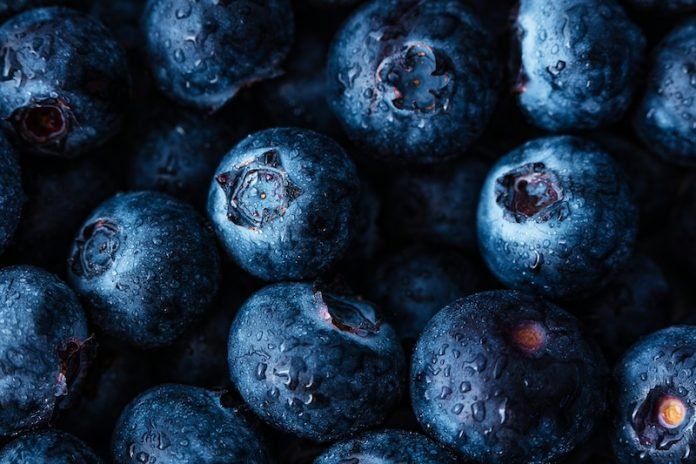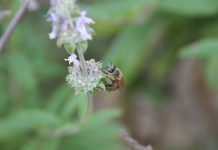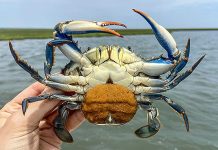
Researchers at the University of Bristol have made a fascinating discovery about the blue color of blueberries, revealing that it’s not the fruit’s pigments but tiny structures in the wax coating that are responsible.
This phenomenon is not unique to blueberries but is also found in other blue fruits like damsons, sloes, and juniper berries.
The study, published in Science Advances, explains that these fruits appear blue because of the way light interacts with the crystal structures of the epicuticular wax on their surface, scattering blue and UV light.
Rox Middleton, a Research Fellow at Bristol’s School of Biological Sciences, notes the color of blueberries cannot be extracted by squishing the fruit, which led to the realization that the blue color must originate from something other than the pigmented juice.
By removing the wax and recrystallizing it on a card, the researchers were able to create a new blue-UV coating. This ultra-thin colorant, just two microns thick, reflects UV light effectively and appears visibly blue, though it is less reflective than the natural coating on the fruit.
This discovery opens up potential avenues for creating new colorant methods that are sustainable, biocompatible, and possibly even edible.
The wax’s hydrophobic and self-cleaning properties, along with its importance in visible coloration, highlight the multifunctional role of the wax coating on plants, many aspects of which remain to be fully understood by scientists.
The team is now exploring easier ways to recreate and apply this coating, which could lead to the development of UV and blue-reflective paints that are environmentally friendly and have protective functions similar to those of natural biological coatings.
Middleton expresses excitement at uncovering an unknown coloration mechanism in familiar fruits and the prospect of integrating the functionality of natural wax into artificially engineered materials.
The research findings can be found in Science Advances.
Copyright © 2024 Knowridge Science Report. All rights reserved.



